
Hip-hop
What is the Hip-hop?
Hip-hop is a term that refers to both a musical genre and a cultural movement that originated in the Bronx, New York, in the early 1970s.
Hip-hop music is characterized by rhythmic and often rhyming speech, also known as rap, that is accompanied by a stylized instrumental track, called a beat.
Culture of this genre of music encompasses various forms of artistic expression, such as deejaying, graffiti, breakdancing, and fashion.
Hip-hop is influenced by and influences many other genres of music, such as funk, soul, jazz, rock, and pop.
This type of culture is also a medium for social commentary, political activism, and cultural identity.
Hip-hop has become one of the most popular and influential forms of music and culture in the world.
Example of the color palette for the image of Hip-hop

See these colors in NCS, PANTONE, RAL palettes...
Who can wear the Hip-hop garments?
They are influenced by the hip-hop culture and its music, art, and dance.
Hip-hop garments can be worn by anyone who appreciates this culture and wants to express themselves through fashion.
There is no strict rule or guideline on how to wear hip-hop garments, as they are meant to reflect the individuality and diversity of the wearer.
However, some common elements of hip-hop garments are:
Bright colors, patterns, and logos that stand out and make a statement.
Oversized and loose-fitting clothes that provide comfort and movement.
Sportswear and fashion brands that are associated with the hip-hop scene, such as Adidas, Kangol, Supreme, and Vetements.
Accessories such as sneakers, hats, sunglasses, jewelry, and backpacks that add personality and flair.
Customized and DIY pieces that show creativity and originality.
They represent the history, values, and identity of the hip-hop community.
They are a form of art and expression that can be enjoyed by anyone who loves hip-hop.
Are the Hip-hop clothing in style?
Example of the color palette for the image of Hip-hop

See these colors in NCS, PANTONE, RAL palettes...
Who usually wears Hip-hop clothing?
Example of the color palette for the image of Hip-hop
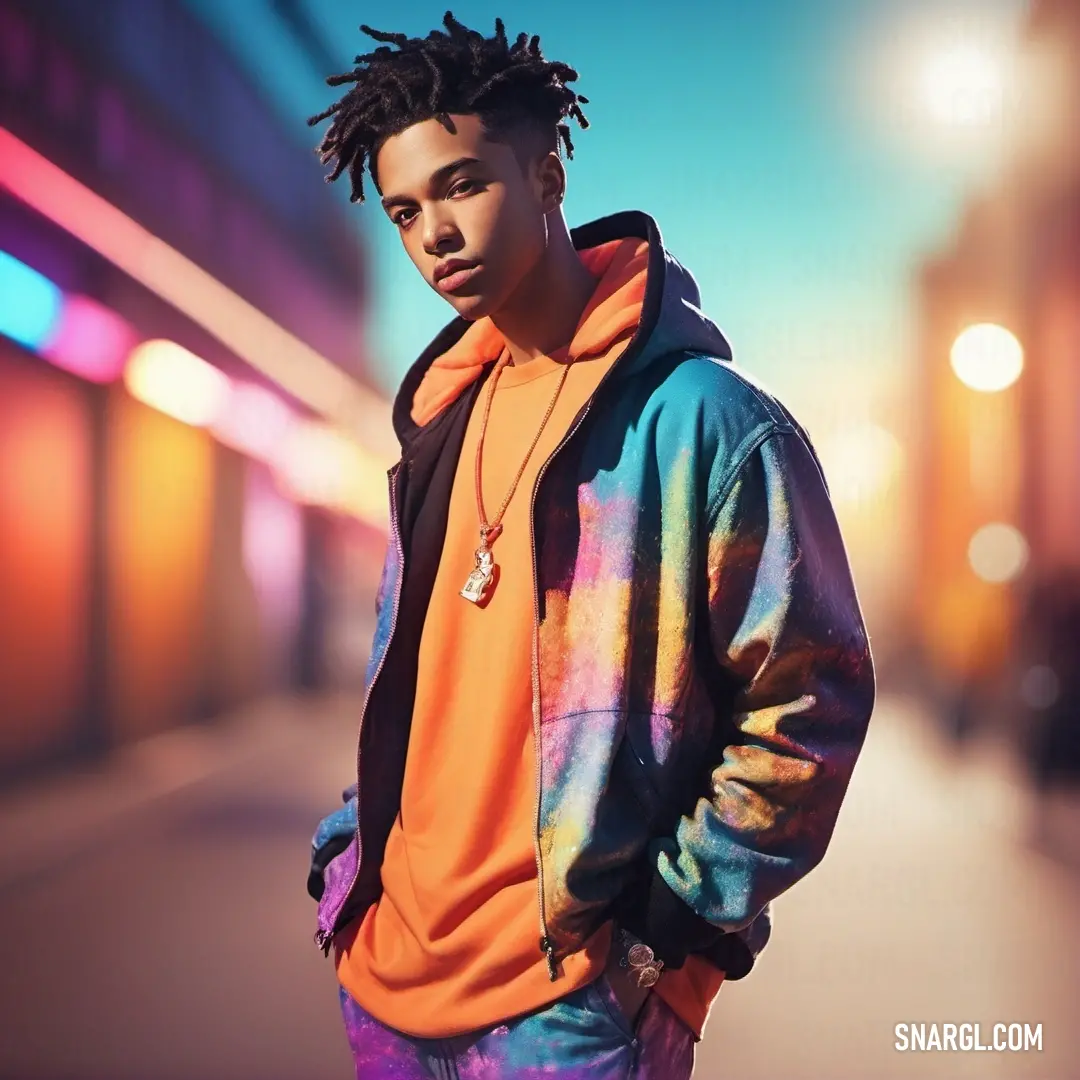
See these colors in NCS, PANTONE, RAL palettes...
What are some of the most iconic Hip-hop outlooks?
Some of the most iconic hip-hop outlooks are:
Run-D.M.C. and their signature Adidas tracksuits, Kangol hats, gold chains, and shell-toe sneakers.
Salt-N-Pepa and their colorful, bold, and sexy outfits that challenged the male-dominated rap scene.
They wore leather jackets, spandex, crop tops, big earrings, and asymmetrical haircuts.N.W.A. and their rebellious and militant style that reflected their gangsta rap lyrics.
They wore black Raiders caps, sunglasses, gold chains, bomber jackets, and jeans.Tupac Shakur and his versatile and influential style that ranged from casual to sophisticated.
He wore bandanas, tattoos, nose rings, leather vests, denim shirts, and Versace suits.
Tupac also walked the runway for Versace in 1996, becoming one of the first rappers to do so.Lil' Kim and her daring and provocative style that broke boundaries and made headlines.
She wore colorful wigs, fur coats, designer labels, and revealing outfits.
Lil' Kim also shocked the world with her iconic purple pasty at the 1999 MTV Video Music Awards.
How to incorporate other influences or trends into the Hip-hop?
Hip-hop is not only a musical style, but also a cultural movement that encompasses rapping, DJing, breakdancing, and graffiti art.
To incorporate other influences or trends into hip-hop, one can explore the following aspects:
Musical influences: Hip-hop music can draw inspiration from different genres, such as jazz, soul, rock, reggae, R&B, and more.
By sampling, remixing, or collaborating with artists from different musical backgrounds, hip-hop can create new sounds and styles that reflect the diversity and creativity of the genre.
For example, artists like A Tribe Called Quest, De La Soul, and The Roots incorporated jazz elements into their hip-hop music, creating a subgenre known as jazz rap.
Similarly, artists like Run-DMC, Beastie Boys, and Linkin Park fused hip-hop with rock music, creating a subgenre known as rap rock.Cultural influences: Hip-hop culture can also be influenced by different cultures, such as African, Latin, Asian, and more.
By learning from and respecting the history, traditions, and values of different cultures, hip-hop can celebrate the diversity and richness of human experiences.
For example, artists like Afrika Bambaataa, Grandmaster Flash, and DJ Kool Herc were influenced by the African culture and history, and used elements such as drumming, chanting, and storytelling in their hip-hop music.
Similarly, artists like Cypress Hill, Pitbull, and Daddy Yankee were influenced by the Latin culture and language, and used elements such as salsa, reggaeton, and Spanish in their hip-hop music.Social influences: Hip-hop culture can also be influenced by different social issues, such as racism, poverty, violence, and more.
By addressing and raising awareness of these issues, hip-hop can serve as a platform for social commentary and activism.
For example, artists like Public Enemy, N.W.A, and Tupac Shakur were influenced by the social and political struggles of the African American community, and used their hip-hop music to challenge the status quo and inspire change.
Similarly, artists like Eminem, Kendrick Lamar, and Logic were influenced by the personal and psychological challenges of their lives, and used their hip-hop music to express their emotions and perspectives.
Hip-hop is a genre that can learn from and collaborate with other genres, cultures, and social movements, and create a positive impact on the world.
What are the essential Hip-hop clothing items and accessories?
Hip-hop is more than just a genre of music, it's a culture and a way of life
It's about expressing yourself through your style, your attitude, and your vibe
But if you want to dress like a hip-hop star, there are some things you need to know
So listen up, here are the essential items that will make you look like a pro
First, you need a pair of baggy jeans, preferably with some rips or tears
They should hang low on your waist, so you can show off your underwear
You can also wear some cargo pants, or some joggers if you prefer
But whatever you choose, make sure they are loose, and not too tight or snug
Next, you need a t-shirt or a hoodie, with some graphics or logos on it
You can rep your favorite brand, or your favorite rapper, or something that makes a statement
You can also layer it with a jacket, or a vest, or a flannel shirt
But don't go overboard with the colors, or you'll look like a clown or a jerk
Then, you need some accessories, to add some flair and some bling
You can wear some chains, or some rings, or some earrings, or anything that shines
You can also wear some hats, or some sunglasses, or some bandanas, or anything that covers your head
But don't wear too many at once, or you'll look like a Christmas tree instead
Finally, you need some shoes, to complete your hip-hop outfit
You can wear some sneakers, or some boots, or some sandals, or anything that fits
But make sure they are clean and fresh, and not dirty or worn out
Because your shoes are the first thing people notice, and they can make or break your look
So there you have it, the essential hip-hop clothing items and accessories
You can mix and match them as you like, and create your own unique style
But remember, hip-hop is not about following trends, or copying others
It's about being yourself, and having fun, and expressing your inner power
How to keep the Hip-hop updated and fresh?
To keep hip-hop updated and fresh, one needs to be aware of the latest trends, innovations, and influences in the industry.
Here are some possible ways to do that:
Listen to new and emerging artists who are pushing the boundaries of hip-hop and experimenting with different sounds, styles, and themes.
For example, you can check out some of the rising stars of 2021 according to Billboard.Follow hip-hop news, interviews, and reviews from reliable sources that cover the latest developments and controversies in the scene.
For example, you can visit Hip Hop Trends, a website that provides hip-hop news, interviews, music, and more.Explore the history and origins of hip-hop and learn about the pioneers and legends who shaped the genre and influenced generations of artists.
For example, you can watch documentaries, read books, or listen to podcasts that tell the stories of hip-hop icons and movements.Engage with the hip-hop community and culture through social media, forums, blogs, podcasts, or live events.
You can interact with other fans, artists, producers, DJs, or critics and share your opinions, feedback, or recommendations.
You can also support local or independent artists by streaming their music, buying their merchandise, or attending their shows.Express your own creativity and passion for hip-hop by making your own music, art, or fashion inspired by the genre.
You can use various tools and platforms to create your own beats, lyrics, videos, or graphics.
You can also experiment with different elements of hip-hop fashion such as Kangol hats, durags, cornrows, or grills.
Example of the color palette for the image of Hip-hop

See these colors in NCS, PANTONE, RAL palettes...
What are the common mistakes or faux pas to avoid when dressing Hip-hop?
Here are some tips to help you avoid them:
Don't wear clothes that are too big or too small for your body type.
Clothes that are too baggy or too tight can make you look sloppy or uncomfortable.
Find clothes that fit you well and flatter your shape.Don't mix too many colors or patterns.
While hip-hop fashion is known for its bold and vibrant colors, you don't want to look like a rainbow or a clown.
Stick to a few colors that complement each other and balance them with neutrals.
Avoid clashing patterns or prints that are too busy or distracting.Don't wear fake or knock-off brands.
Hip-hop fashion is also about authenticity and quality, so don't try to pass off cheap imitations as the real deal.
If you can't afford the original brands, opt for something more affordable but still stylish and unique.
Don't wear logos or labels that you don't know or support.Don't copy someone else's style.
Hip-hop fashion is about expressing your own personality and taste, not copying someone else's.
While you can get inspiration from your favorite artists or celebrities, don't copy their outfits exactly or try to be someone you're not.
Find your own voice and style that suits you and your mood.Don't forget the accessories.
Hip-hop fashion is not complete without the right accessories, such as hats, sunglasses, jewelry, belts, bags, and shoes.
Accessories can add some flair and attitude to your outfit, but don't overdo it.
Choose accessories that match your outfit and your style, and don't wear anything that is too flashy or tacky.
Example of the color palette for the image of Hip-hop

See these colors in NCS, PANTONE, RAL palettes...
How has the Hip-hop changed or evolved over time?
Hip-hop consists of four main elements: DJing, rapping, graffiti, and breakdancing.
Over time, hip-hop has changed and evolved in various ways, such as:
Expanding its geographical reach and influence, from the East Coast to the West Coast, from the South to the Midwest, and from the US to the rest of the world.
Diversifying its styles and subgenres, such as gangsta rap, conscious rap, alternative rap, trap, grime, and drill.
Incorporating different musical influences and genres, such as funk, soul, jazz, rock, reggae, R&B, and pop.
Developing its production techniques and technologies, such as sampling, scratching, synthesizers, drum machines, and digital audio workstations.
Increasing its commercial success and mainstream popularity, as well as its social and political impact and relevance.
It is also a cultural movement that challenges the status quo and expresses the hopes, struggles, and aspirations of marginalized communities.
What are the best tips and tricks for mastering Hip-hop?
It is characterized by rhythmic beats, rap vocals, and expressive movements.
If you want to master hip-hop, here are some tips and tricks that might help you:
Listen to a variety of hip-hop artists and styles, from old-school legends like Grandmaster Flash and Run-DMC to modern stars like Kendrick Lamar and Drake.
Pay attention to how they use rhyme, flow, wordplay, and storytelling in their lyrics.
You can also watch videos of their performances and observe how they interact with the audience and the beat.Practice your rap skills by writing your own lyrics or freestyling over instrumental tracks.
Try to be original, creative, and expressive in your rap.
You can also record yourself rapping and listen back to improve your delivery, pronunciation, and timing.Learn some basic hip-hop dance moves, such as the bounce, the rock, the slide, the kick-ball-change, and the body roll.
You can find tutorials on YouTube or other websites that teach you how to do these moves step by step.
You can also watch videos of professional hip-hop dancers and choreographers, such as Matt Steffanina or Les Twins, and try to imitate their moves and style.Have fun and be yourself.
Hip-hop is a culture of expression, creativity, and diversity.
Don't be afraid to experiment with different styles, genres, and influences.
Find your own voice and identity in hip-hop, and enjoy the process of learning and improving.
Example of the color palette for the image of Hip-hop

See these colors in NCS, PANTONE, RAL palettes...
How does the Hip-hop fit with the music, art, or hobbies preferences?
Hip-hop is a cultural movement that emerged in the 1970s in New York City, and has since spread around the world.
It encompasses various forms of artistic expression, such as music, art, dance, and fashion.
This style can fit with different preferences depending on one's interests and tastes.
Hip-hop music is a genre that combines rhythmic and/or rhyming speech, known as rapping, with various musical elements, such as beats, samples, scratching, and synthesizers.
It can be divided into many subgenres, such as reggae, funk, breakdance, lyrical, trap, and more.
This music can appeal to those who enjoy listening to diverse styles of music, appreciate the lyrical and poetic aspects of rap, or want to express themselves through creating their own songs or beats.
Hip-hop art is a term that refers to the visual aspects of hip-hop culture, such as graffiti, photography, film, and fashion.
It can be seen as a form of street art that challenges the norms and conventions of mainstream art.
This art can appeal to those who are interested in exploring different mediums of art, appreciate the aesthetic and political aspects of graffiti, or want to express themselves through their own style or identity.
Hip-hop dance is a style that involves various movements and techniques that are influenced by hip-hop music and culture.
This style can be divided into many substyles, such as breaking, popping, locking, krumping, and more.
It can appeal to those who enjoy physical activity, appreciate the rhythmic and energetic aspects of dance, or want to express themselves through their own moves or routines.
Hip-hop is a hobby that can be enjoyed by anyone who has an interest in music, art, or dance.
It is a way to learn about different cultures and histories, as well as social issues and movements.
Hip-hop can also be a source of inspiration and creativity for anyone who wants to explore their own talents and passions.
How does the Hip-hop suit different seasons, occasions, or settings?
Here are some examples of how hip-hop adapts to various contexts:
Seasons: Hip-hop music can reflect the mood and atmosphere of different seasons, such as summer, winter, spring, or autumn.
For instance, summer hip-hop songs are often upbeat, energetic, and fun, while winter hip-hop songs are more introspective, melancholic, and reflective.
Some examples of seasonal hip-hop songs are Summertime by DJ Jazzy Jeff & The Fresh Prince, Winter in America by Gil Scott-Heron, Spring Again by Biz Markie, and Autumn Leaves by Chris Brown and Kendrick Lamar.Occasions: Hip-hop music can also suit different occasions, such as parties, weddings, protests, or funerals.
For example, party hip-hop songs are usually catchy, danceable, and celebratory, while funeral hip-hop songs are solemn, respectful, and mournful.
Some examples of occasion-specific hip-hop songs are Party Up (Up in Here) by DMX, Just a Friend by Biz Markie, Fight the Power by Public Enemy, and I'll Be Missing You by Puff Daddy and Faith Evans.Settings: Hip-hop music can also adapt to different settings, such as urban, rural, global, or local.
For instance, urban hip-hop songs often depict the realities and challenges of living in the city, while rural hip-hop songs explore the themes and lifestyles of the countryside.
Similarly, global hip-hop songs incorporate influences and elements from different cultures and regions, while local hip-hop songs celebrate and represent the identity and history of a specific place.
Some examples of setting-oriented hip-hop songs are The Message by Grandmaster Flash and the Furious Five, Country Grammar by Nelly, Wavin' Flag by K'naan, and Empire State of Mind by Jay-Z and Alicia Keys.
What are the past or classic trends or influences in Hip-hop?
Funk and Disco: Hip-hop emerged in the early 1970s in the Bronx, where DJs like Kool Herc, Grandmaster Flash, and Afrika Bambaataa mixed funk and disco records with turntables and created rhythmic breaks that MCs rapped over.
Jazz and Soul: In the mid-1980s, hip-hop artists like Eric B. & Rakim, De La Soul, A Tribe Called Quest, and Gang Starr incorporated jazz and soul samples into their beats, creating a more sophisticated and melodic sound that contrasted with the harder-edged rap of the time.
Reggae and Dancehall: Hip-hop also has roots in Jamaican music, especially reggae and dancehall, which influenced the vocal style, slang, and culture of many hip-hop artists. DJ Kool Herc, for example, was born in Jamaica and brought the sound system culture to New York. Other artists like Boogie Down Productions, KRS-One, Shabba Ranks, and Super Cat fused rap with reggae and dancehall rhythms.
Rock and Metal: Hip-hop also experimented with rock and metal influences in the late 1980s and early 1990s, creating a crossover genre known as rap rock or rap metal. Some of the pioneers of this style were Run-DMC, who collaborated with Aerosmith on "Walk This Way" in 1986, Beastie Boys, who mixed rap with punk rock on their albums Licensed to Ill (1986) and Paul's Boutique (1989), and Public Enemy, who used heavy guitar samples and collaborated with Anthrax on "Bring the Noise" in 1991.
R&B and Pop: Hip-hop also embraced R&B and pop influences in the late 1990s and early 2000s, creating a more mainstream and commercial sound that appealed to a wider audience. Some of the artists who popularized this style were Puff Daddy, who sampled hits from the 1980s on his album No Way Out (1997), Jay-Z, who collaborated with singers like Mariah Carey, Beyoncé, and Alicia Keys on his songs, and Eminem, who mixed rap with pop hooks on his albums The Slim Shady LP (1999) and The Marshall Mathers LP (2000).
What are the current or upcoming trends or innovations in Hip-hop?
Hip hop is not a static genre, it's always changing and evolving
From the beats to the rhymes, there's always something new and exciting
Here are some of the trends that are happening or coming soon
Maybe you'll find some inspiration for your next hip hop tune
Live shows and festivals are back and bigger than ever
Put your motherfunky hands in the air and wave them side to side
But don't forget to wear a mask and keep a safe distance
You don't want to catch the virus while you're vibing to the music
Thailand is the capital of Asian hip hop until April
With artists like FIIXD, Youngohm, and Daboyway
They're bringing the heat with their flows and their style
They're making waves in the region and beyond
Drill is coming in hard, with its aggressive and gritty sound
From Chicago to London, from Sydney to Seoul
Drill rappers are spitting bars over dark and menacing beats
They're telling stories of the streets, of violence and survival
Asian OGs are getting their well-deserved flowers
Legends like Jay Park, MC Jin, and Dumbfoundead
They've paved the way for the new generation of rappers
They're still killing it with their skills and their influence
Asian exports won't just be pretty boys
There's more to Asian hip hop than K-pop idols and boy bands
There's diversity and creativity in the scene, with different sounds and voices
There's artists like Rich Brian, 88rising, and Higher Brothers
They're breaking stereotypes and reaching global audiences
Female MCs are the future, they're taking over the game
They're not just eye candy or sidekicks, they're bosses and leaders
They're spitting fire with their lyrics and their confidence
They're empowering women and inspiring fans
They're artists like CL, Raja Kumari, and Suboi
Brand sponsorship will focus on Asian rappers
As hip hop becomes more popular and mainstream in Asia
Brands will want to tap into the culture and the market
They'll partner with rappers who have clout and appeal
They'll offer deals and endorsements, from sneakers to watches
Oversize everything is the fashion trend to follow
From hoodies to jackets, from pants to hats
The bigger the better, the looser the cooler
It's all about comfort and style, not about fitting in
These are some of the trends that are shaping hip hop in 2023
Maybe you'll find some of them interesting or appealing
Or maybe you'll create your own trend that will blow everyone away
Whatever you do, just remember to have fun and express yourself
Example of the color palette for the image of Hip-hop

See these colors in NCS, PANTONE, RAL palettes...
What are the future or potential trends or directions in Hip-hop?
Some of the future or potential trends or directions in hip-hop are:
Live shows and music festivals will make a comeback after the pandemic, as fans crave for the energy and excitement of live performances.
Hip-hop artists will use innovative technologies and creative stage designs to enhance their shows and connect with their fans.Thailand will emerge as a hotspot for Asian hip-hop, as the country boasts a vibrant and diverse scene of rappers, producers, DJs, and dancers.
Thai hip-hop will showcase its unique culture, language, and style, while also collaborating with other Asian and international artists.Drill, a subgenre of trap music that originated in Chicago and later spread to London, New York, and other cities, will continue to gain popularity and influence in hip-hop.
It is characterized by its dark, gritty, and violent lyrics, as well as its fast-paced and aggressive beats.
Drill artists will explore new topics, sounds, and flows, while also addressing social issues and challenges in their communities.Asian OGs, or the pioneers and legends of Asian hip-hop, will receive more recognition and appreciation for their contributions to the genre.
Hip-hop fans will rediscover the classics and learn from the history and legacy of Asian hip-hop.
Asian OGs will also mentor and collaborate with the new generation of artists, passing on their wisdom and experience.
Their exports will not be limited to pretty boys or idol groups, but will also include talented and diverse hip-hop artists who can appeal to a global audience.
Asian hip-hop will showcase its versatility, creativity, and authenticity, while also breaking stereotypes and boundaries.
Asian hip-hop artists will also experiment with different languages, genres, and cultures, creating a fusion of sounds and styles.Female MCs will rise to prominence and dominance in hip-hop, as they prove their skills, charisma, and personality on the mic.
They will challenge the male-dominated industry and culture of hip-hop, while also empowering and inspiring other women.
The female MCs will also explore different themes, perspectives and expressions in their music, ranging from personal stories to social commentary.Brand sponsorship will focus more on Asian rappers, as they become more influential and popular in the market.
They will seek to partner with Asian rappers who can represent their values, vision, and identity.
Brand will also support Asian rappers in their artistic endeavors, providing them with resources, platforms, and opportunities.Oversize everything will be a fashion trend in hip-hop, as artists opt for loose-fitting clothes that are comfortable and stylish.
It will also reflect the attitude and mood of hip-hop artists, who are confident and relaxed in their own skin.
Oversize clothes will also allow for more creativity and customization, as artists can mix and match different colors, patterns, and accessories.
Example of the color palette for the image of Hip-hop

See these colors in NCS, PANTONE, RAL palettes...
What are the best examples or role models of Hip-hop in media or culture?
Some of the best examples are:
Eminem, has overcame addiction, poverty, and racism to become one of the most successful and respected rappers of all time.
He also supports various charities and causes, such as his own Marshall Mathers Foundation.Yasiin Bey, formerly known as Mos Def, who is not only a talented rapper and actor, but also a social activist and humanitarian.
He has spoken out against police brutality, racism, war, and torture.Queen Latifah, who is a pioneer of female empowerment in hip-hop.
She is also a successful actress, producer, and entrepreneur.
Latifah has been involved in many philanthropic projects, such as the Queen Latifah Scholarship Fund and the Lancelot H.Owens Scholarship Foundation.Nas, is considered by many to be one of the greatest lyricists and storytellers in hip-hop.
He is also a visionary and innovator, who has collaborated with various artists across genres and cultures.
Nas has invested in many social and educational initiatives, such as the Hip Hop Action Network and the Queensbridge Venture Partners.Missy Elliot, who is a trailblazer of creativity and originality in hip-hop.
She is also a survivor of abuse, illness, and discrimination.
Missy Elliot has inspired many young artists, especially women and people of color, to pursue their dreams.
She has donated to many causes, such as the Break the Cycle organization and the VH1 Save The Music Foundation.Talib Kweli, is a leader of conscious rap, a subgenre of hip-hop that focuses on social issues and positive messages.
He is also a vocal advocate for human rights, justice, and peace.
Kweli has participated in many campaigns and movements, such as the Black Lives Matter movement and the Occupy Wall Street movement.K'naan, is a rapper, poet, and activist from Somalia.
He escaped war and violence in his homeland and immigrated to Canada as a refugee.
Through his music, K'Naan raises awareness and funds for various causes such as the World Food Program and Project Enough.Kanye West, is a controversial but influential figure in hip-hop.
He is a genius producer, rapper, and fashion designer, who has challenged the norms and boundaries of the genre.
Kanye West has also supported many charities and foundations, such as the Kanye West Foundation and the Common Ground Foundation.Lauryn Hill, hip-hop and soul music legend.
She is a multi-talented artist, who has won numerous awards and accolades for her work.
Lauryn Hill is also a devoted mother of six children and a spiritual seeker.
She has contributed to many humanitarian efforts, such as the Refugee Project and the Bob Marley Foundation.




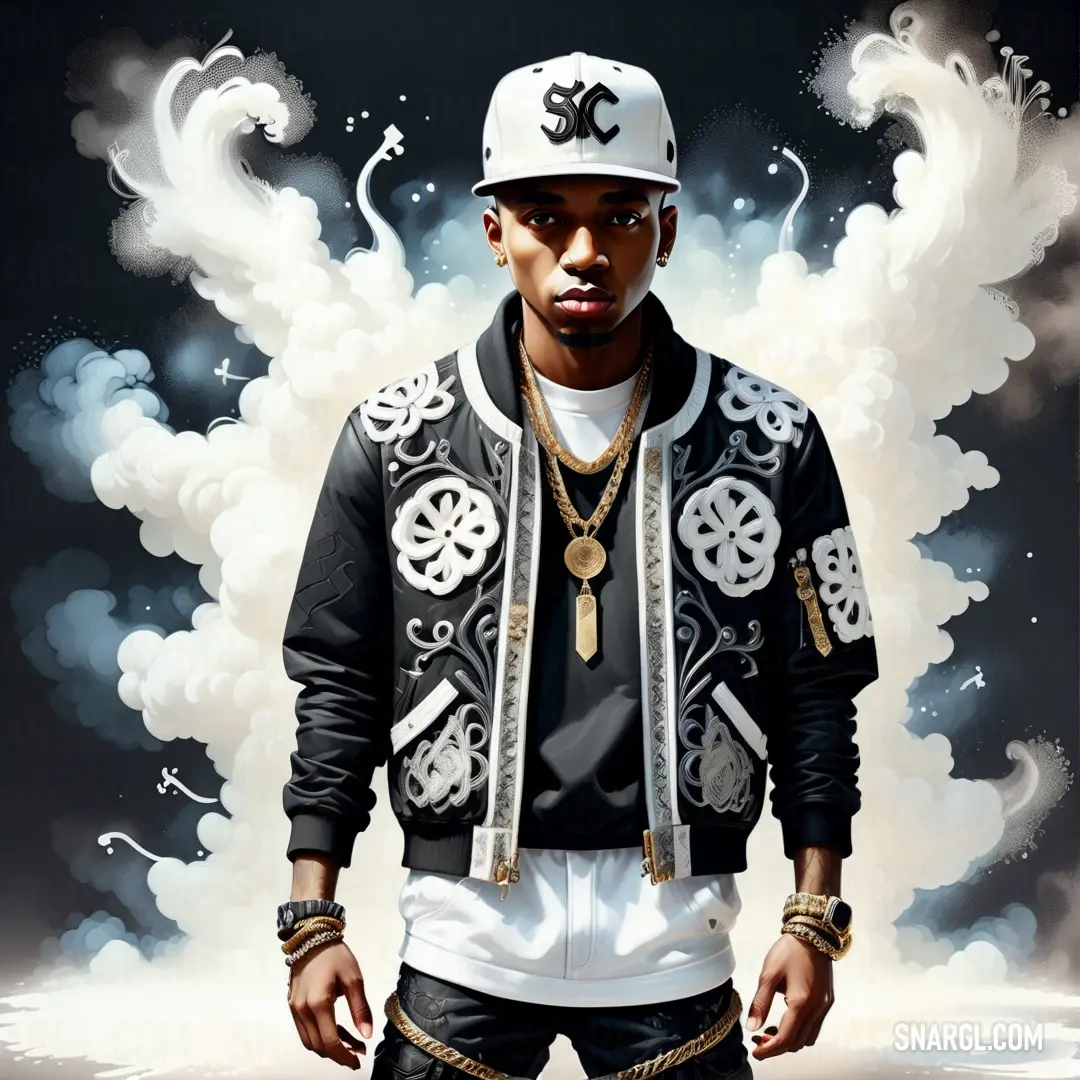


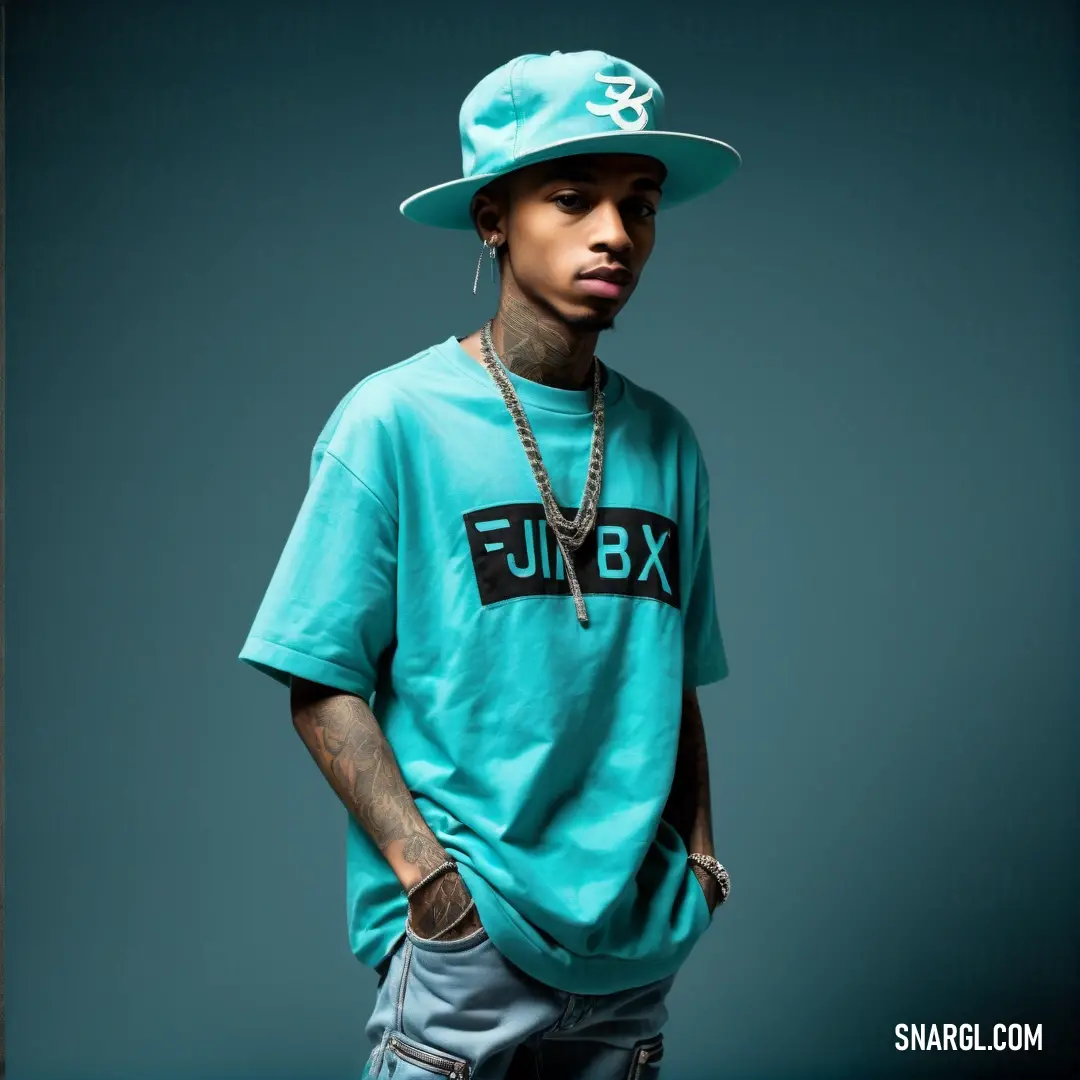




 Pale taupe
Pale taupe Dark cyan
Dark cyan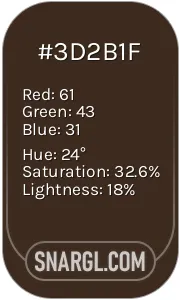 Bistre
Bistre Pearl Aqua
Pearl Aqua Antique White
Antique White




 Medium jungle green
Medium jungle green Dollar bill
Dollar bill Dandelion
Dandelion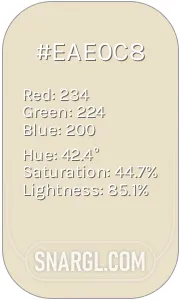 Pearl
Pearl Cadet
Cadet


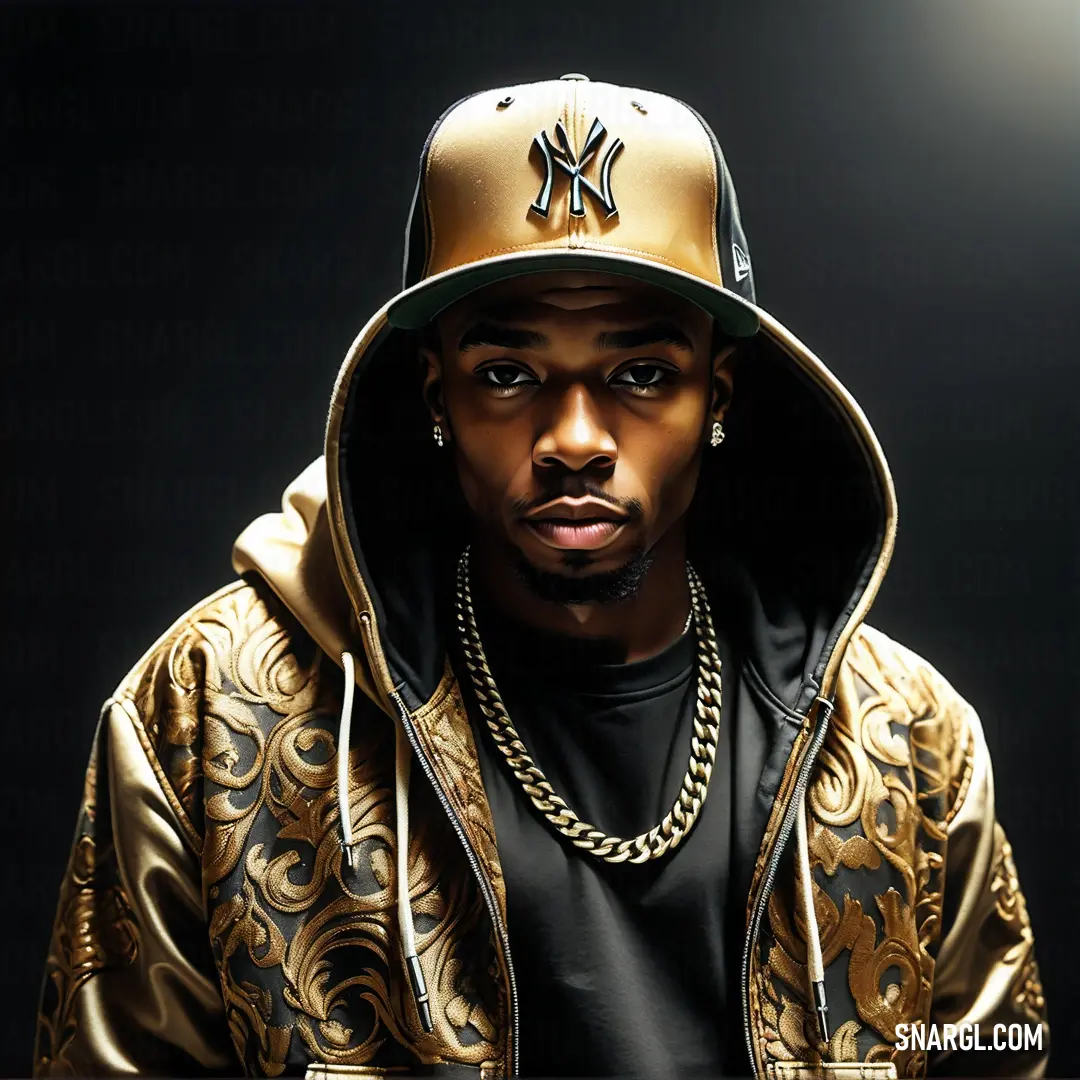
 Dark jungle green
Dark jungle green Old rose
Old rose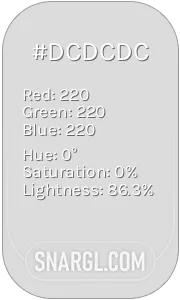 Gainsboro
Gainsboro Wenge
Wenge Dark pastel blue
Dark pastel blue






 Turquoise
Turquoise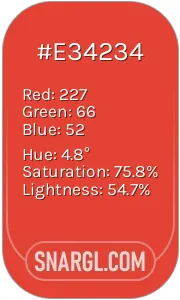 Cinnabar
Cinnabar Warm black
Warm black Tea Green
Tea Green Fern
Fern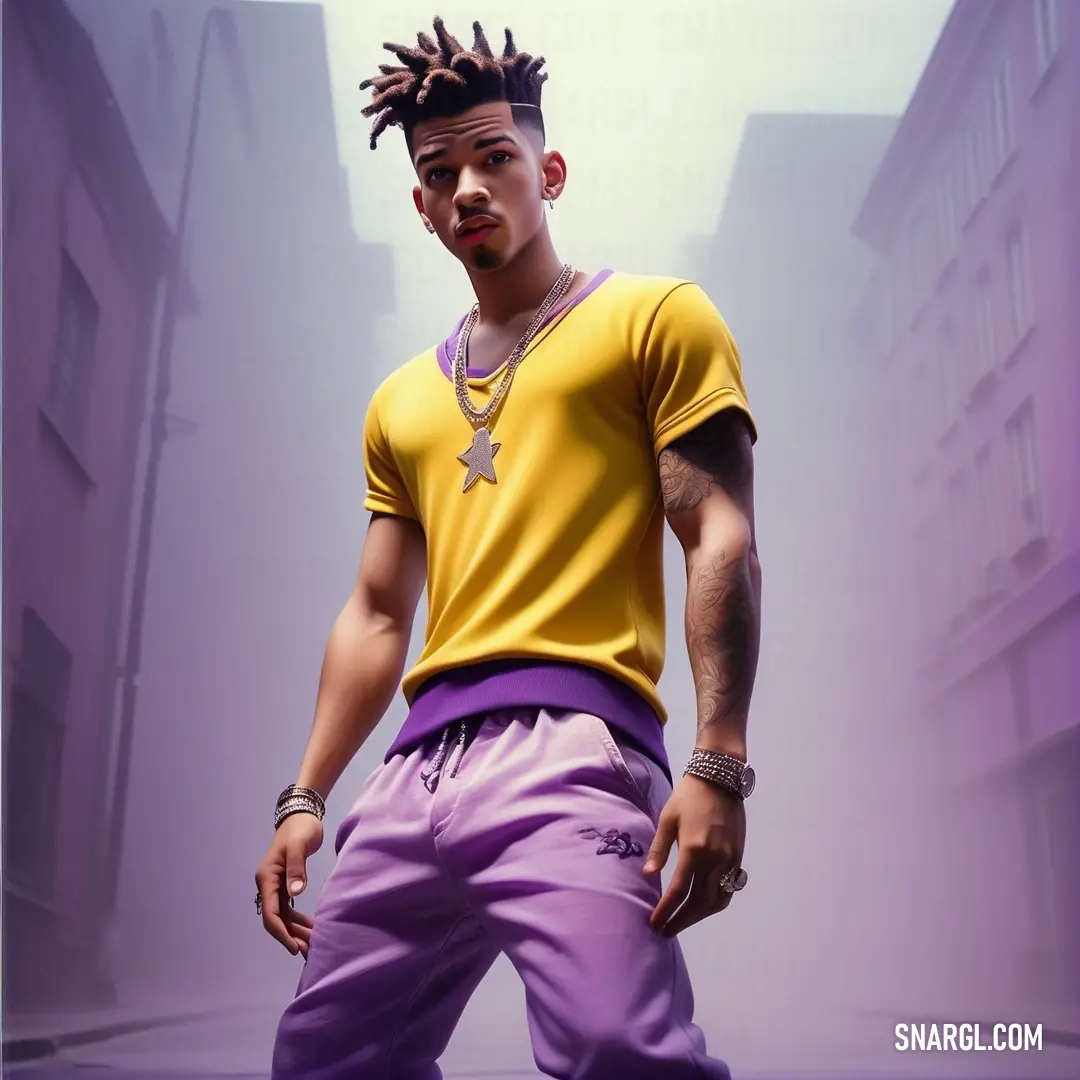



 Burnt umber
Burnt umber Brilliant rose
Brilliant rose Light sea green
Light sea green Citrine
Citrine Beige
Beige



 Dark byzantium
Dark byzantium Pale brown
Pale brown UCLA Blue
UCLA Blue Canonical aubergine
Canonical aubergine Mauvelous
Mauvelous





 Dark electric blue
Dark electric blue Sepia
Sepia Light salmon
Light salmon Pale robin egg blue
Pale robin egg blue Rich black
Rich black



 Rifle green
Rifle green Deep chestnut
Deep chestnut White smoke
White smoke Smoky black
Smoky black Ash grey
Ash grey







